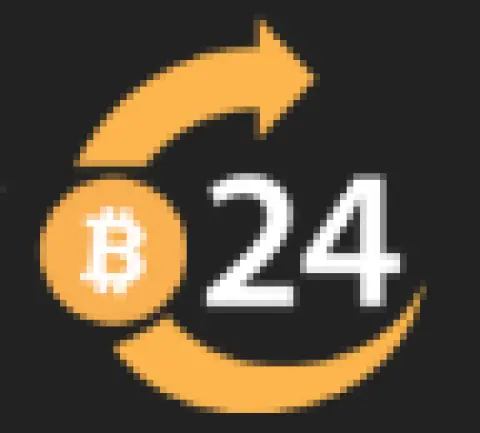Table of Contents:
Introduction to Bitcoin Trading
The world of cryptocurrencies, with Bitcoin at its helm, has opened up a new avenue for trading. This digital asset class offers unprecedented opportunities for profit and growth. However, as the popularity of Bitcoin trading grows, so does the number of platforms offering such services. But how can you differentiate between real and fake bitcoin trading platforms? In this article, we will guide you through some key indicators that help distinguish genuine platforms from fraudulent ones.
Distinguishing Real From Fake: The Basics
In order to identify whether a platform is legitimate or not, there are several factors one should consider:
- User Reviews: One of the most reliable ways to determine if a platform is trustworthy is by looking at user reviews and ratings on independent review sites.
- Licensing & Regulation: A legitimate platform would be licensed and regulated by relevant financial authorities in their jurisdiction.
- Cryptocurrency Storage: Genuine platforms use secure methods like cold storage (offline wallets) to store your cryptocurrency assets safely.
- Fees Structure: Authentic platforms have transparent fee structures without any hidden charges.
Legitimacy Factors to Consider when Comparing Bitcoin Trading Platforms
| Criteria | Real Platform | Fake Platform |
|---|---|---|
| Security Measures | Advanced encryption and regulated | Minimal to no security |
| User Reviews and Testimonials | Positive reviews from a multitude of users | Limited or fake reviews |
| Fees and Transaction Costs | Transparent about all fees | Hidden fees or exceptionally high fees |
| Customer Support | Responsive and helpful support | Unresponsive or non-existent support |
| Regulatory Compliance | Follows regulatory guidelines | Does not comply with regulatory standards |
Beware Of Too Good To Be True Promises
A common trait among fake bitcoin trading platforms is making promises that seem too good to be true. They lure unsuspecting traders with guarantees of high returns within short periods - an unrealistic promise in the volatile crypto market. Remember: If it sounds too good to be true, it probably isn't!
Analyzing Platform Security Measures
A crucial aspect when considering 'bitcoin trading real or fake', lies in analyzing security measures implemented by these platforms. Legitimate exchanges prioritize user security and employ advanced technologies like two-factor authentication (2FA), encryption, and secure socket layer (SSL) protection. If a platform lacks these basic security measures, it's best to steer clear.
Transparency Is Key
A genuine bitcoin trading platform will be transparent about its operations. This includes information on the company’s founders, location of their offices, legal registration details, and financial reports if applicable. Fake platforms often hide this information or provide misleading data.
The Importance Of Customer Support
Reliable customer support is another indicator of a legitimate Bitcoin trading platform. Real platforms have responsive customer service teams that can assist with any issues you may encounter during your trading journey.
Fake Platforms And Scams: Red Flags To Watch Out For
Besides the above-mentioned factors, there are several red flags that could indicate a fake Bitcoin trading platform:
- Lack of Information: As mentioned earlier, transparency is key in determining legitimacy. Be wary of platforms that do not provide adequate information about themselves or their services.
- Poor Website Design & Functionality: A poorly designed website with broken links or errors might suggest lackadaisical management - something common among scam sites.
In Conclusion: Stay Informed And Vigilant
Differentiating between real and fake bitcoin trading platforms requires careful research and vigilance. Always remember to check for licensing credentials, read user reviews thoroughly before investing your hard-earned money into any cryptocurrency exchange. Remember: When it comes to 'bitcoin trading real or fake', knowledge truly is power!
Frequently Asked Questions: Authenticity Verification in Bitcoin Trading Platforms
How to determine the legitimacy of a Bitcoin trading platform?
Analyzing security features, researching online reviews, and verifying the platform's operating licenses are common ways to determine its legitimacy.
What are the signs of a fake Bitcoin trading platform?
Fake platforms often promise guaranteed profits, have a lack of information about the company, possess poor website quality nor security, and have no user reviews or fake ones.
How to protect oneself against fake platforms?
Investors should research extensively before investing, use strong and unique passwords, enable two-factor authentication, and stay updated with latest crypto scams.
Can I recover my money if scammed by a fake Bitcoin platform?
Recovering money can be very challenging. Authorities might assist, but it's largely dependent on the specific circumstances. Prevention is always the best measure.
What are examples of legitimate Bitcoin trading platforms?
Well-known legitimate Bitcoin trading platforms include Coinbase, Binance, Kraken, and eToro, however user discretion and research is always recommended.












